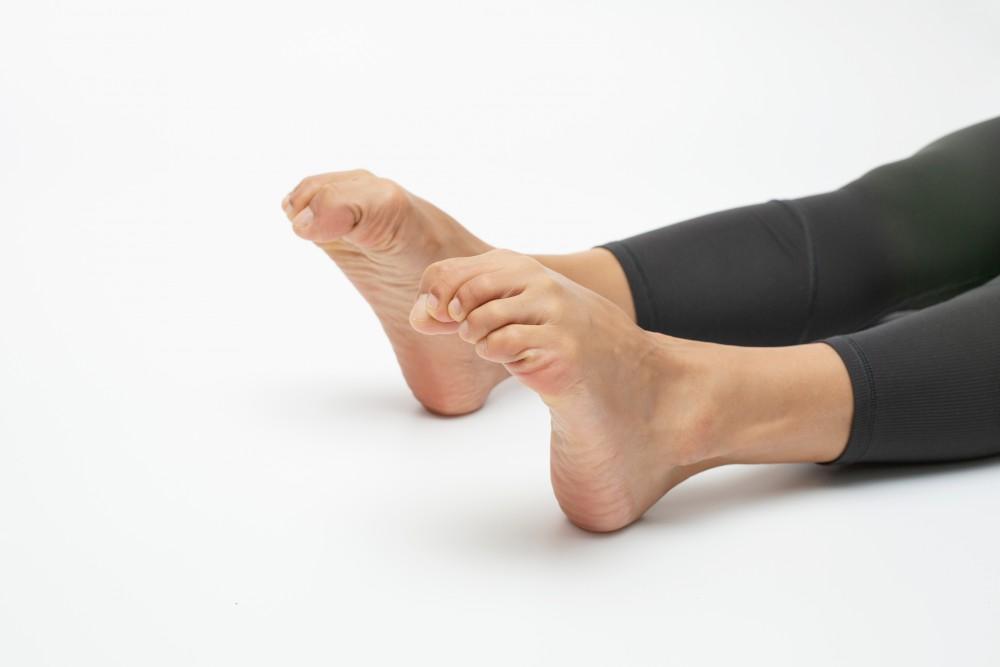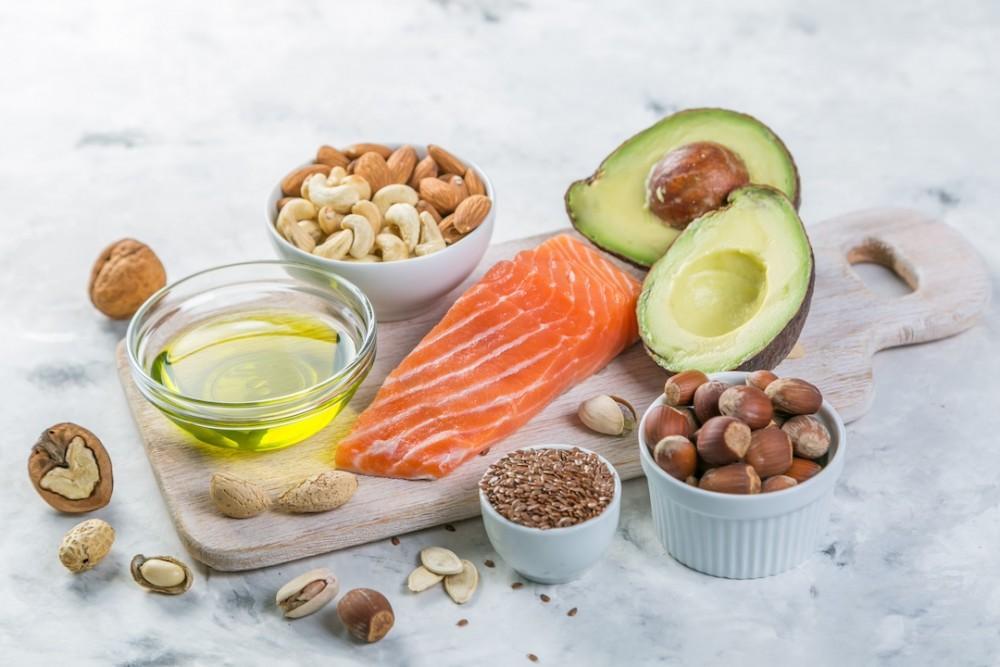
Platelet Rich Plasma (PRP) Therapy: A Boon to Aging Joints

Regenerative medicine seeks to aid the human body’s healing mechanisms to reduce pain and speed recovery from various injuries and conditions. One of the most exciting regenerative therapies to emerge in recent years is platelet-rich plasma (PRP) therapy.
Though platelets are well known for their clotting abilities, they also contain chemical messengers that aid healing processes and stem cell conversion. At a time when medicine seeks non-pharmaceutical pain management methods to treat chronic and degenerative conditions, PRP emerges as a strong ally of natural healing.
Bahri Orthopedics and Sports Medicine uses PRP injections to treat our patients who may benefit from the improved healing capabilities offered by this simple, injectable treatment. In particular, older patients with arthritis affecting their joints may experience less pain and reduced reliance on pain medications.
Let’s examine age-related joint function and pain and the role PRP plays in making life more comfortable.
Osteoarthritis and aging joints
The leading cause of joint pain in older adults is arthritis, particularly osteoarthritis, which develops from a combination of wear and tear and tissue changes related to aging. Any joint can develop osteoarthritis, most common in the hands, hips, knees, and shoulders.
Osteoarthritis starts as bone-covering cartilage starts to break down. Cushioning and lubricating the joint ends of bones, cartilage is a tissue with little natural blood supply, often receiving nutrients from synovial fluid filling the joint capsule structures surrounding the area.
As cartilage wears down, inflammation and pain become common, and painful bone-on-bone contact can develop. Pain and a lost range of motion make movement more difficult.
PRP to the rescue
In addition to clotting factors, platelets contain hormones contributing to internal healing systems. Growth-factor hormones help convert stem cells to differentiated cells and specific tissue types necessary for natural repairs.
Platelets also control the rate of inflammation at the site of an injury, such as cartilage breakdown. While inflammation is important to your body’s healing response, too much inflammation generates excess pain. A controlled inflammatory response could reduce your need for other pain management techniques, like analgesic and anti-inflammatory medications.
Swelling from inflamed tissue also limits joint movement. Osteoarthritis often responds well to moderate amounts of low-impact activity, so controlling inflammation can make it easier to bike, swim, and walk—activities that also improve fitness and mood.
Incorporating PRP in a pain management plan
While the benefits of PRP therapy can be substantial, results vary between patients and types of joint pain. Typically, PRP works best with other valuable techniques, including physical therapy.
Osteoarthritis and other forms of joint disease can’t be cured. PRP helps, though, to slow the rate of degeneration while also relieving pain and improving mobility. Since PRP derives from your blood and contains no medication, there is little risk to treatment.
Find out more about PRP therapy and see if it’s right for you. Book a consultation with our physicians at Bahri Orthopedic & Sports Medicine Clinic, by phone or online, with either of our Jacksonville locations today.
You Might Also Enjoy...


Fracture Care: Nonsurgical Options vs. Surgery

Am I a Good Candidate For Shoulder Replacement?

Staying Active With Knee Osteoarthritis: Our Top Tips

Struggling with Ankle Instability? Here's How to Avoid Future Sprains


